
Jaguar Land Rover general manager, fleet and business Andrew Jago expects strong demand from fleets for the company’s “game-changing” new plug-in hybrid vehicles.
Badged P300e, the new Range Rover Evoque and Land Rover Discovery feature the new 200hp three-cylinder 1.5-litre Ingenium petrol engine combined with a 109hp electric rear axle drive motor powered by a 15kWh lithium-ion battery located below the rear seats. Neither compromises on the company’s reputation for off-road capability, according to Jago.
“The introduction of PHEV technology will definitely increase their appeal and relevance to fleets and also coincides with CO2 policies and the new BIK,” he says. “It’s a game-changer for us. They will account for at least 50% of fleet sales for each model range.”
Available to order now, priced from £43,850 for the Evoque and from £45,370 for the Discovery Sport, deliveries are expected to begin in quarter three.
The PHEV system has three driving modes: Hybrid (default), which uses GPS and navigation data for optimum efficiency on every journey, EV (electric-only) mode and Save (combustion engine-only) to maintain battery charge at higher speeds.
The Evoque P300e, available in S, SE and HSE trim, has EV-only range of 41 miles, and WLTP CO2 emissions from 32g/km with fuel economy of up to 201.8mpg.
The Discovery Sport, available in R-Dynamic S, SE and HSE, can travel up to 38 miles using all-electric power and delivers fuel economy of up to 175.5mpg. CO2 emissions are from 36g/km.
Both can travel up to 84mph on electric power alone and can be charged from zero to 80% in 30 minutes using a 32kW DC public charger, or 1hr 24mins using a 7kW AC wallbox. Over-night charging from a plug socket takes 6hrs 42mins.
“The BIK on the Evoque is from 6% , which is a segment-leading position and will increase sales to new and existing fleet customers,” said Jago. “On the Discovery Sport, BIK is 10%. With EV range of 41 miles on the Evoque and 38 miles for the Discovery Sport, drivers will be able to do their daily commute with the need to recharge.
“This is accessible technology that people can use every day. And we see fleet as the core opportunity.”
Jago’s bullish expectations for the two new models is founded on his experiences with the Jaguar iPace “which opened doors to fleets that historically we never had the chance to talk to”.
He added: “We have more fleets that are keen to put PHEV on their choice lists and the price points enable us to access more of the average premium fleet opportunity.”
The favourable benefit-in-kind tax position could also expand the opportunities to those employees who have previously taken cash.
“It will mark a return to company cars from existing cash allowance drivers,” Jago said. “We’ve seen a migration away as tax made them less attractive. But we’ve seen with the iPace that it appeals to cash takers.
“Fleet operators are telling us they have drivers that want to move back into a company car because of the tax position, and that will drive increased funding through contract hire companies.”
Land Rover PHEV Discovery Sport & Evoque pictures
Both cars also feature the latest connected technology with Land Rover’s intelligent InControl Remote smartphone app. It enables customers to monitor the vehicle’s charge status, ready the vehicle for the journey ahead or even set a charging timer to take advantage of off-peak energy tariffs.
Owners can automatically pre-condition the battery and cabin temperature before starting a journey, using mains power when the vehicle is plugged in rather than drawing energy from the battery when driving, to maximise range and enhance occupant comfort.
Video: 2020 Range Rover Evoque PHEV
Video: Land Rover PHEV Discovery Sport


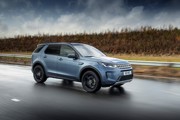
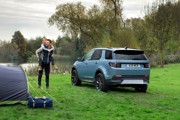

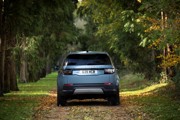


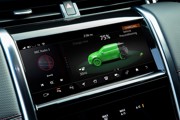


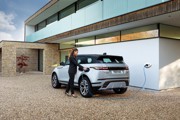
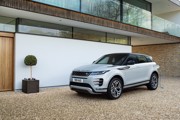













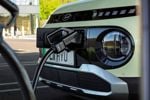








Login to comment
Comments
No comments have been made yet.